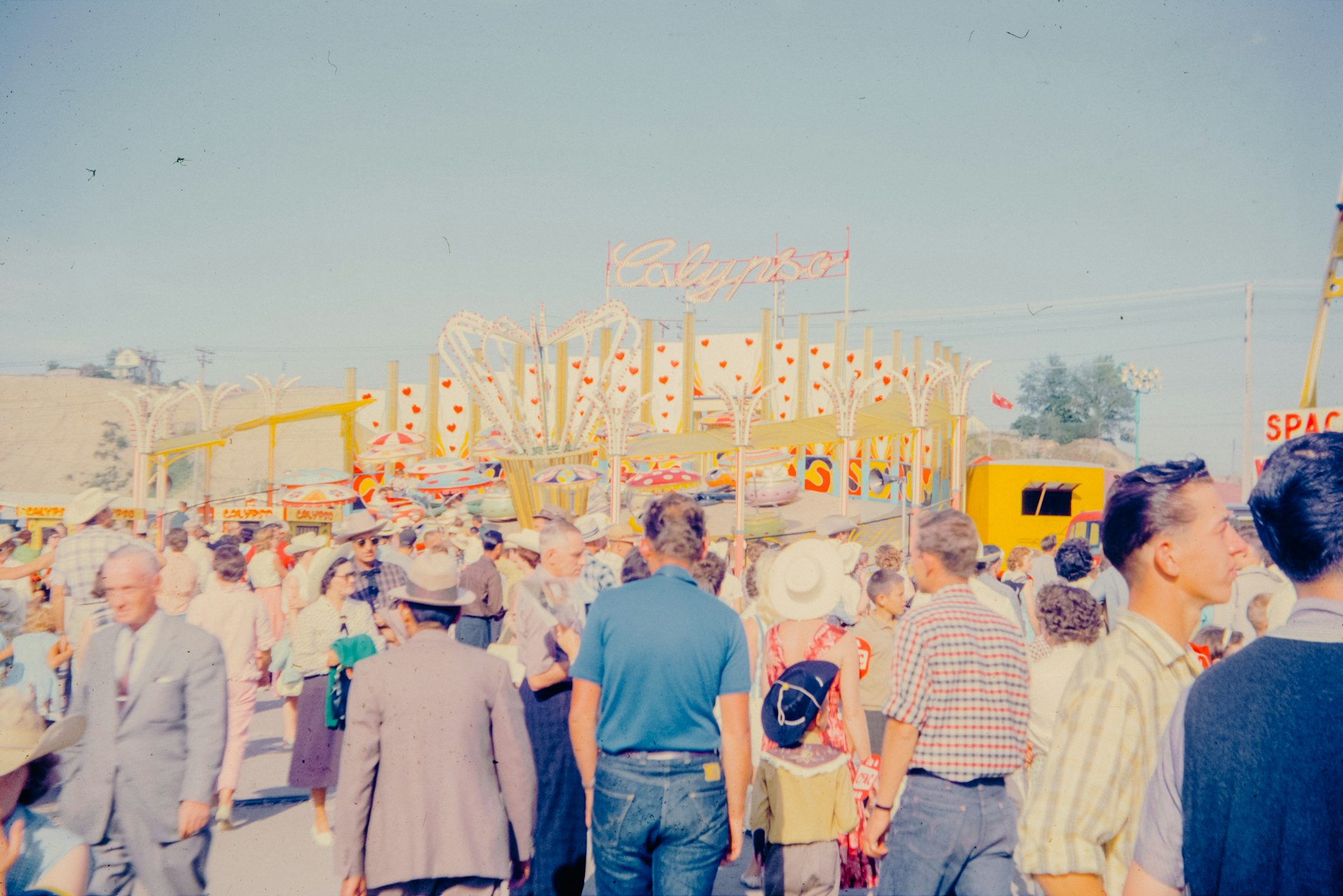A Comprehensive Guide to the Legacy and Impact of World Fairs and Global Exhibitions


Photo by Annie Spratt on Unsplash
Introduction to World Fairs and Global Exhibitions
World fairs and international exhibitions have played a pivotal role in shaping global innovation, cultural exchange, and international relations for more than two centuries. These grand events gather nations, industries, and creative minds under one roof to exhibit advancements in technology, arts, science, and culture. From their origins in the late 18th century to their modern incarnations, world fairs continue to inspire and connect people worldwide.
Origins: The Early Years of Global Exhibitions
The history of world fairs dates back to the late 18th century. The first recognized world’s fair occurred in 1791 in Prague, Bohemia (now in the Czech Republic), marking a celebration of manufacturing sophistication during the coronation of Leopold II [1] . France soon followed, holding a tradition of national exhibitions-most notably the French Industrial Exposition of 1844 in Paris, which set the stage for future international events [4] . These early exhibitions highlighted industrial progress and provided manufacturers the opportunity to display their latest achievements.
The Era of Industrialization (1851-1938)
The mid-19th century marked the beginning of the “era of industrialization” for world fairs. The most famous early example, the Great Exhibition of 1851 , was held in London’s Crystal Palace. Organized by Prince Albert, this event showcased the power of industrial advancement and the spirit of international cooperation. It attracted exhibitors from various countries, setting a precedent for subsequent fairs [1] .
Following London’s success, Paris hosted its Exposition Universelle in 1855, which featured innovations such as a dedicated fine arts pavilion and accessible admission pricing. These events grew rapidly, both in scale and impact. For instance, the 1876 Centennial Exhibition in Philadelphia featured the groundbreaking Corliss steam engine and introduced the telephone, typewriter, and mechanical calculator to the world [2] .
Throughout the late 19th and early 20th centuries, world fairs became launch pads for new technologies-from the Eiffel Tower’s debut at the 1889 Paris Exposition Universelle to the Ferris wheel at the 1893 Chicago World’s Columbian Exposition. These innovations often left a lasting architectural and cultural legacy in their host cities [3] .
Cultural Exchange and Global Dialogue (1939-1980s)
After the industrialization era, the focus of world fairs shifted from purely technological innovation to cultural exchange and global understanding . The 1939-40 New York World’s Fair, for example, adopted the theme “The World of Tomorrow,” emphasizing peace and progress through science and the arts. Postwar fairs, such as Expo ’67 in Montreal and Expo ’70 in Osaka, celebrated global cooperation, artistic creativity, and multicultural dialogue [3] .

Photo by eun dahlia on Unsplash
During this period, world fairs often introduced new architectural marvels and urban planning concepts-Expo ’67’s geodesic dome and Habitat 67 housing project remain iconic. Participation from diverse nations fostered international relationships, and fairs began addressing contemporary issues such as sustainability, urbanization, and technological ethics.
The Era of Nation Branding and Modern Expos (1990s-Present)
Since the 1990s, world fairs have evolved into platforms for nation branding and soft diplomacy. Recent expos, such as Expo 2010 in Shanghai and Expo 2015 in Milan, have focused on themes like “Better City, Better Life” and “Feeding the Planet, Energy for Life.” These events attract millions of visitors, providing participating countries with opportunities to showcase their national identity, culture, and technological prowess on a global stage [3] .
Modern expos often address global challenges such as climate change, food security, and digital transformation. They serve as forums for collaboration between governments, businesses, and non-governmental organizations, encouraging knowledge exchange and sustainable development.
How to Access and Participate in World Fairs Today
If you are interested in visiting or participating in upcoming world fairs, several steps can help you get involved:
- To attend as a visitor, you can typically purchase tickets directly from the official expo websites. For the latest world expos, search for “[Expo name or year] official website” to find ticketing and visitor information.
- If you represent a business or organization, consider contacting your country’s official trade or cultural agencies. Many countries have dedicated departments responsible for coordinating national pavilions and participation in global expos.
- For educational or academic opportunities, universities and research institutes may organize group visits or collaborative projects related to expo themes. Contact your institution’s international programs office for details.
- To exhibit or present at a world fair, monitor calls for proposals and exhibitor applications on the official event websites or through industry trade organizations.
When searching for more information, use keywords such as “upcoming world expos,” “participate in [year] expo,” or “national pavilion [expo name].” Official expo websites and national government portals typically provide the most accurate and up-to-date guidance.
Challenges and Future Directions
Organizing and hosting world fairs is not without challenges. These include the significant financial investment required, the logistical complexity of accommodating millions of visitors, and the necessity of ensuring long-term value for host cities. Some fairs have faced criticism for cost overruns or underused infrastructure post-event. To address these challenges, recent expos have increasingly emphasized sustainability, legacy planning, and integration with local development goals.
Looking ahead, the future of world fairs likely involves further digitalization, hybrid virtual-physical experiences, and a stronger focus on addressing pressing global issues. As the world becomes more interconnected, expos may play a crucial role in fostering inclusive innovation and cross-cultural understanding.
Key Takeaways and Guidance
World fairs and international exhibitions have a rich legacy of driving technological progress, cultural exchange, and international cooperation. Whether you are an individual seeking inspiration, a business aiming for global exposure, or a policymaker interested in nation branding, there are many ways to engage with these events. Always seek information from official expo websites, your government’s trade and cultural agencies, and reputable organizations for the most reliable guidance.






